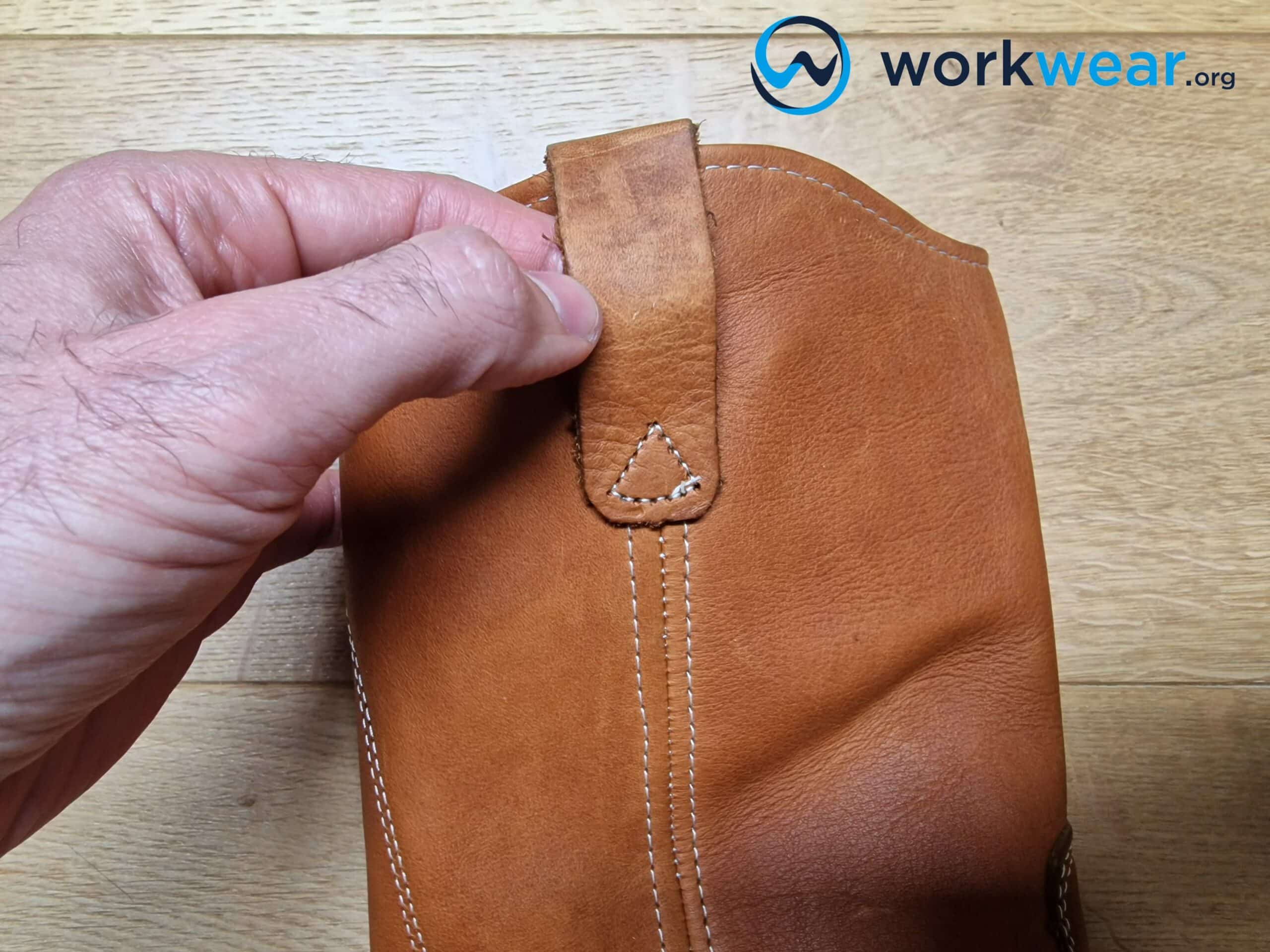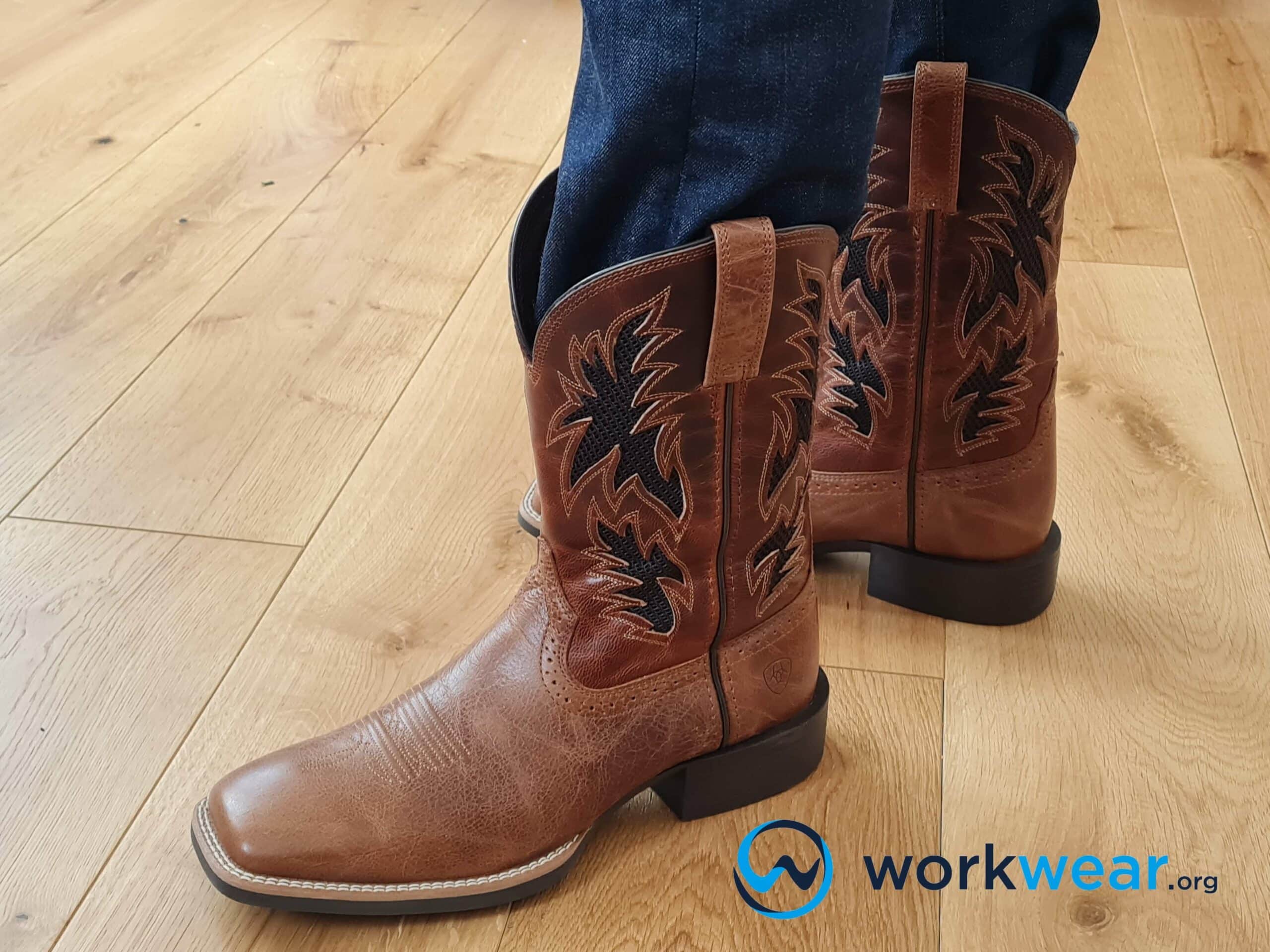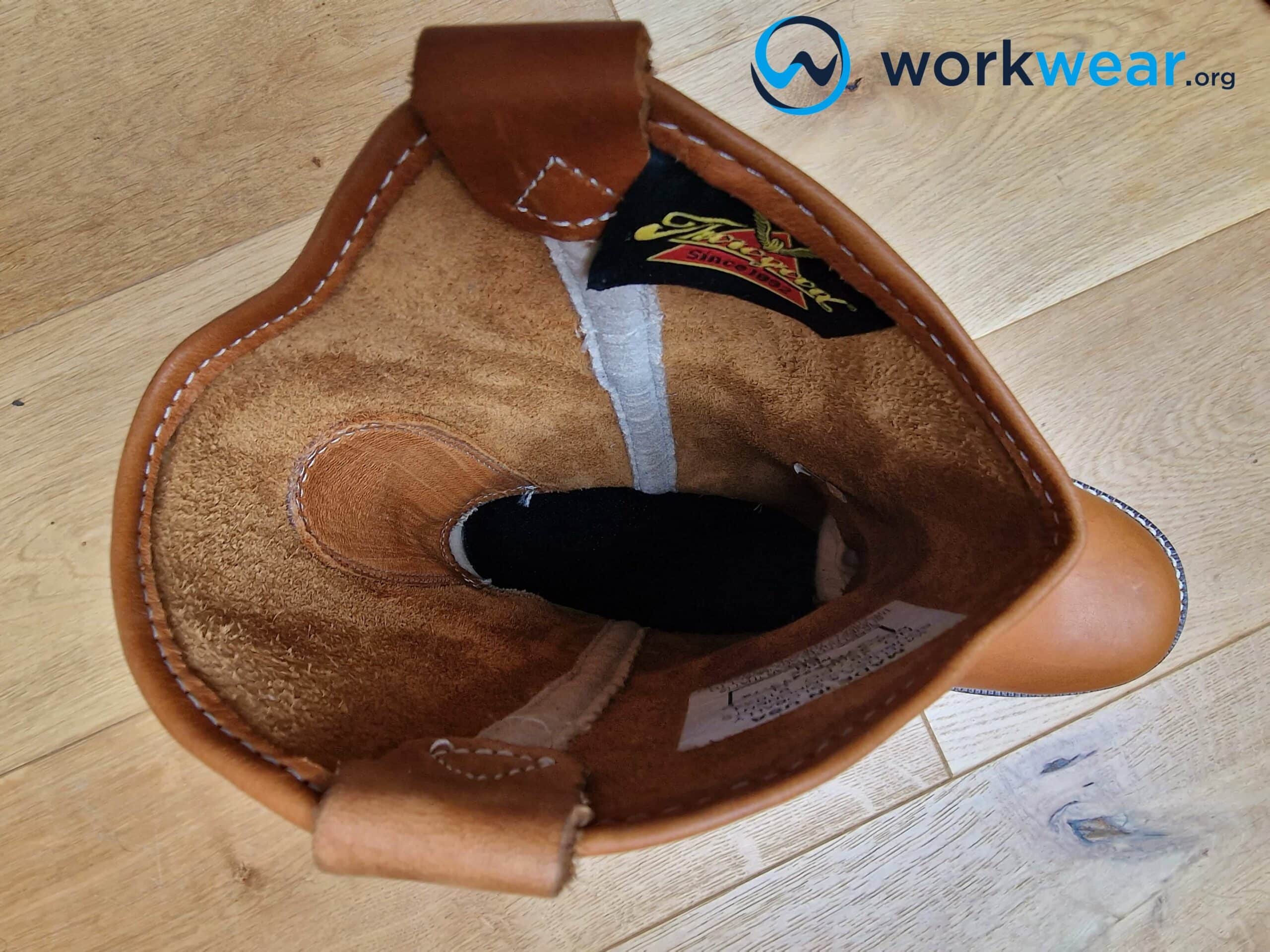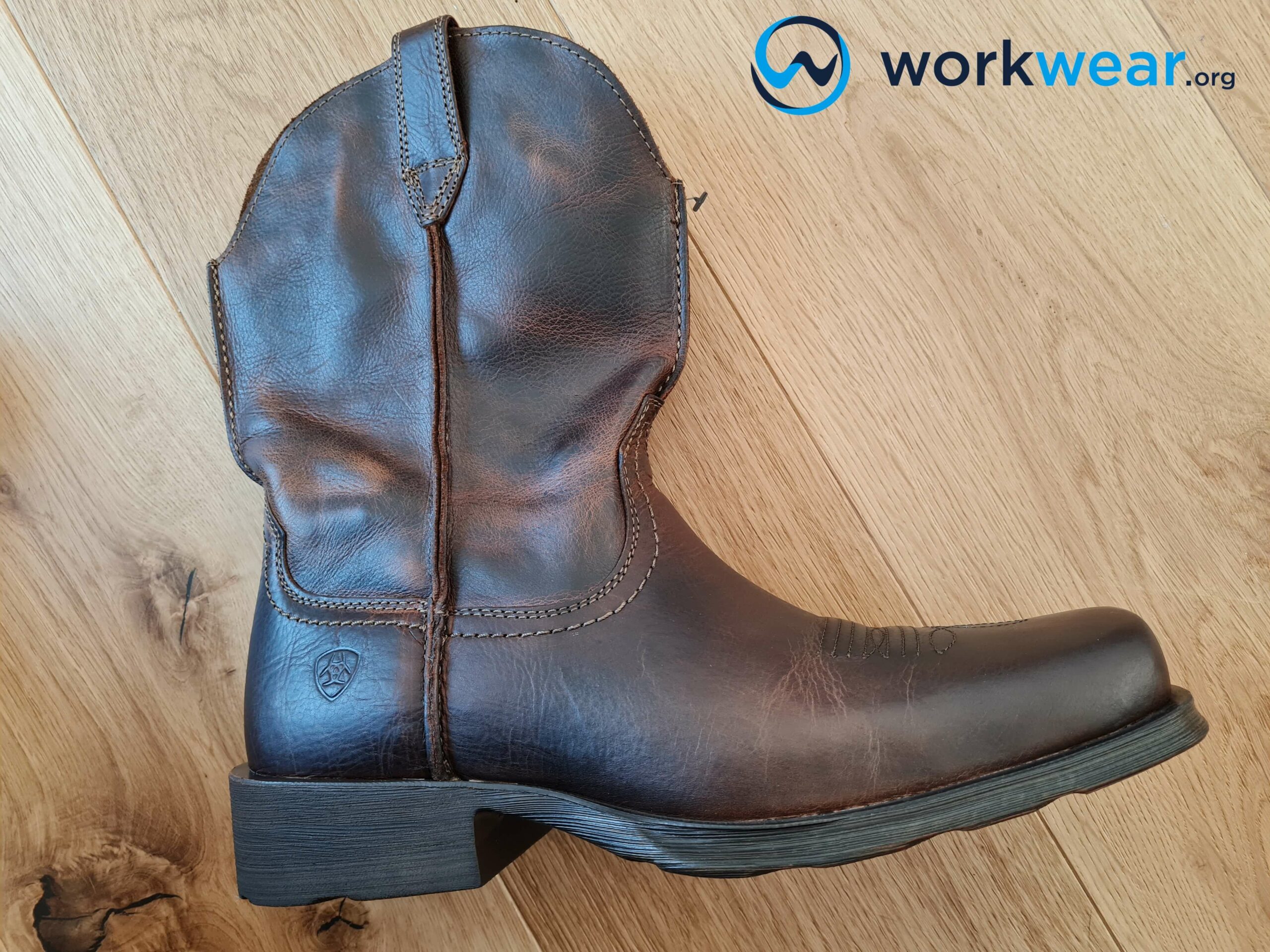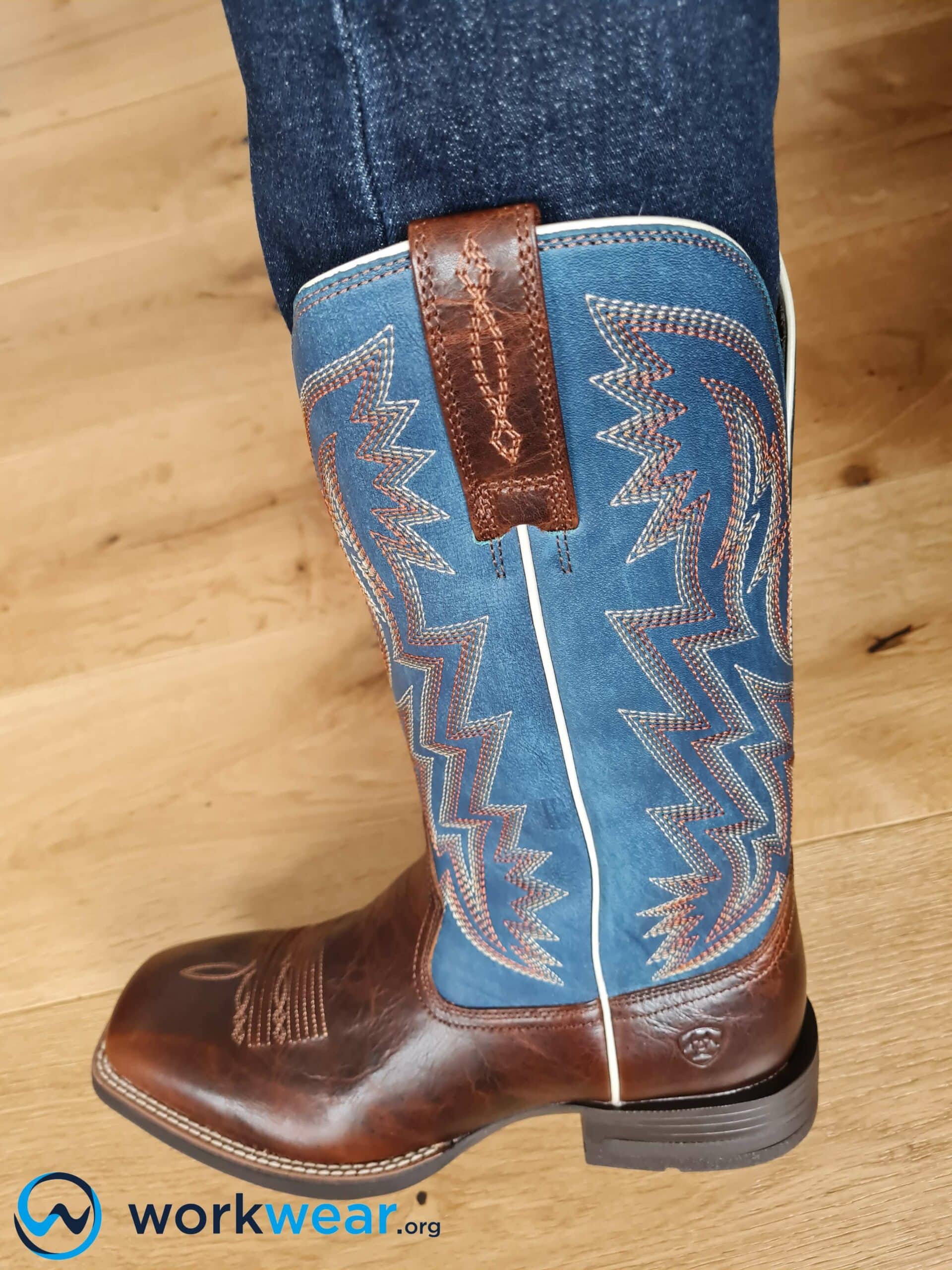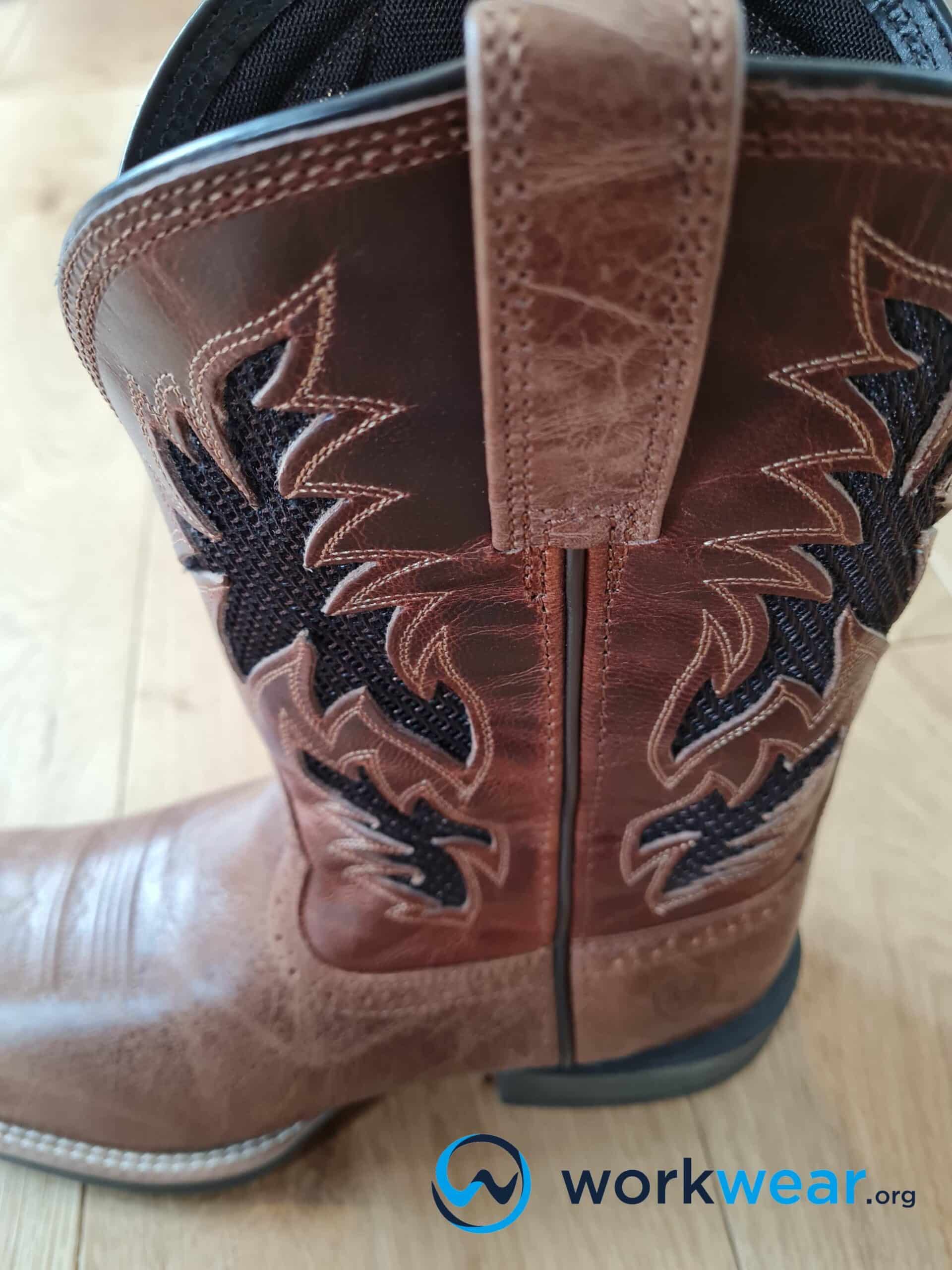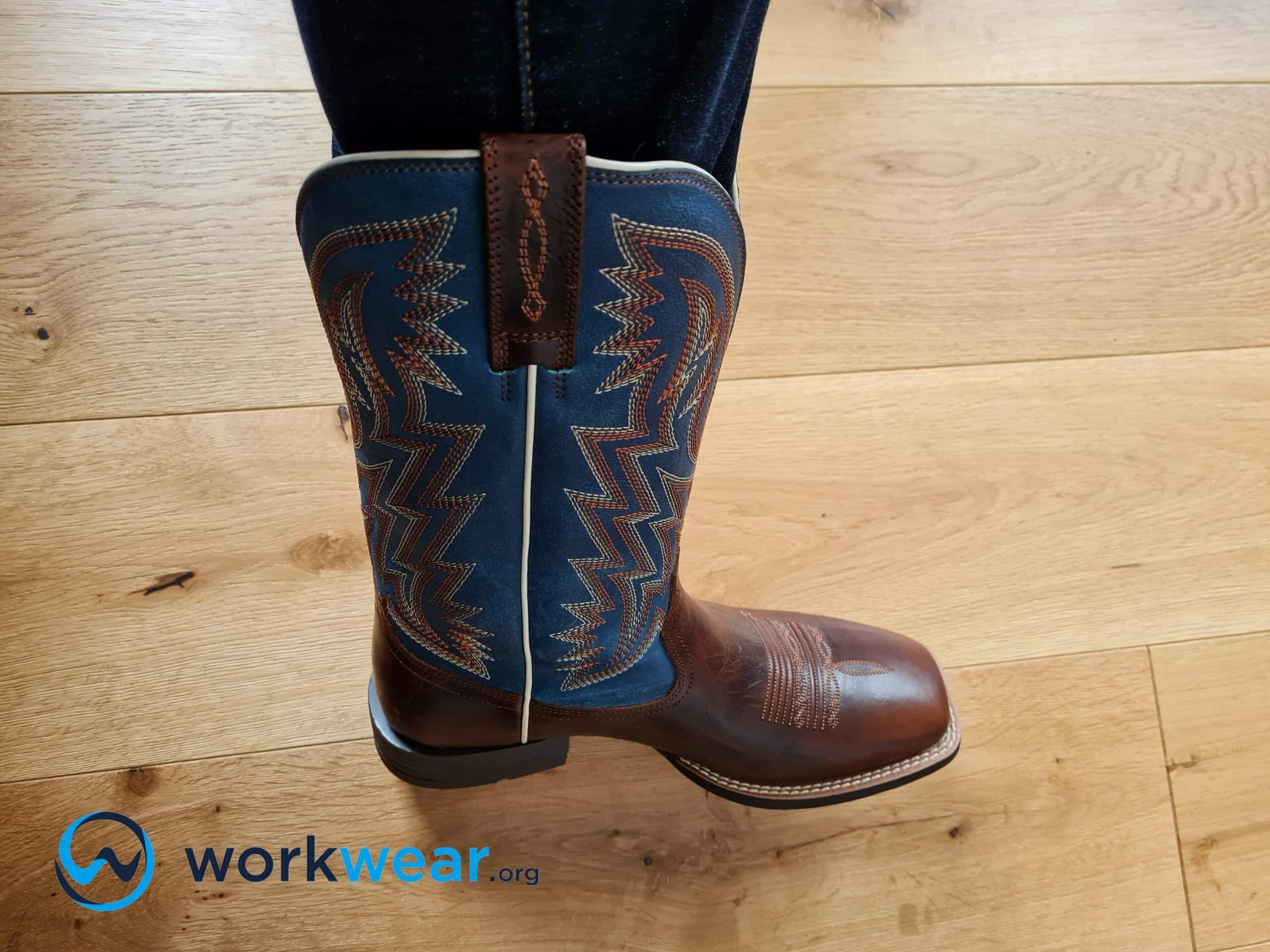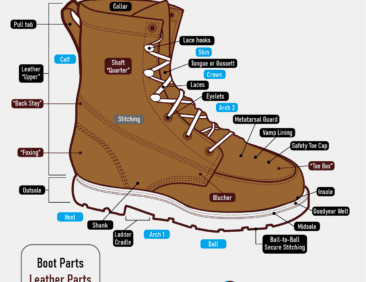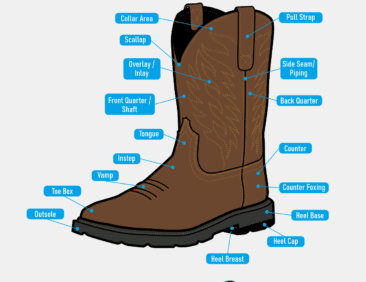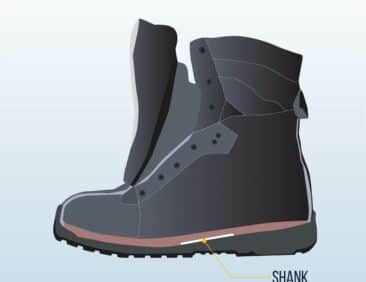What are Pull Straps in Boots? Don’t confuse them with pull tabs!!!
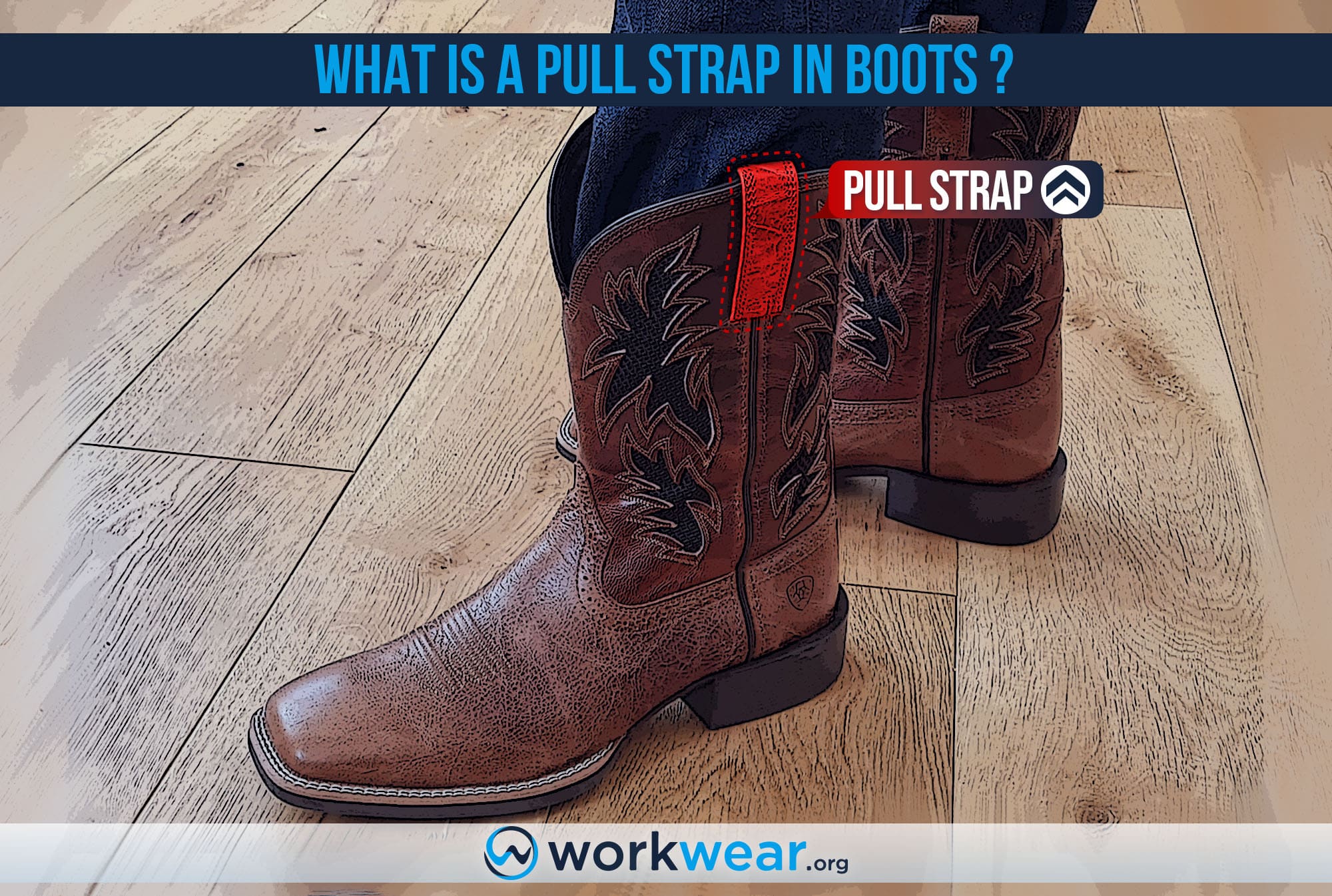
Tall work boots provide enhanced coverage and protection from your feet up to the ankles and calves. The extended height can make these boots quite tricky, though, especially if they don’t have a lace-up design. However, pull-on work boots are often equipped with pull straps, so putting them on is much easier without too much effort.
They offer a more convenient way of putting on the boots while protecting some sections against premature damage. A lot of people confuse them with pull-tabs, however, pull-tabs and pull straps are not the same! In this article, we’ll talk about pulling straps in boots to appreciate their function even more.
What are Pull Straps in Boots?
Pull straps are the different sections that look like tabs or loops fitted into the top of tall boots at the opening. They are primarily included in tall boots, including work boots with Western and Wellington styles.
They’re designed to have a bit of space inside, allowing the finger to go through, help pull on the boot, and allow the foot to enter more comfortably and easily.
The straps make these pull-on boots easier to put on since no laces can be adjusted to welcome the feet’s entry and exit.
Pull straps are typically placed on both sides of the boot’s opening for convenience. However, in some boots, only one strap is often fitted into the back of the opening.
The straps can be made with the same material and color that’s used on the boot’s shaft or upper, but some pull straps use different materials (such as an elastic fabric) or colors for contrast.
It’s worth noting that pull straps can also be fitted onto work boots with shorter profiles, such as the 6-inch Dr. Martens Icon 7B10 Steel Toe Work Boot.
Key Advantages of Pull Straps in Boots
Convenient boot use
Pull straps can make boot use more convenient by shortening the time spent on the boot-wearing task. This is especially true for pull straps fitted onto pull-on boots, which don’t have laces that must be tied and adjusted accordingly.
By just putting the fingertips inside the straps, the boots can be pulled on much faster, and the time required for preparation is significantly cut.
Comfortable foot entry
Putting the foot inside a tall boot without a lacing system can be difficult and uncomfortable.
Pull straps can remove discomfort by aiding the foot’s entry, with most of the force exerted by the fingers inside the straps.
This way, the tall shaft more easily glides over the foot, which can then enter without scraping on the inner material and being bent unnaturally to get into the boot.
Blends in with the boot’s design
Pull straps are often crafted from the same material used throughout the boot’s structure.
In such cases, the straps offer a seamless aesthetic as they blend easily with the rest of the boot’s construction.
In styles such as the Ariat Rambler Western Boot, the pull straps are barely noticeable because they’re made with the same material and texture as the rest of the boot’s body and are sleek enough not to stand out on the boot’s opening.
Can be used to accessorize the boot
Pull straps may also work as accents on some tall boots.
Some straps may be built with materials different from the rest of the boot’s structure to stand out against the rest of the shaft’s appearance. The straps may have colors or textures contrasting with the boot’s construction. An example is the Ariat Dynamic Western Boot which has a plain pull strap against the vividly colored, intricately stitched shaft.
Protects some boot sections against damage
Pull straps can help protect certain sections of tall boots against damage that can result from frequent pulling.
These parts are the collar and heel counter, which are the areas that are typically tugged on and strained when pulling the boot on. Pull straps offer a more convenient way of pulling the boots on while reducing the stress on other leather sections, saving them from premature damage.
Key Disadvantages of Pull Straps in Boots
May be the boot’s weakest point
Pull straps may be the boot’s weakest point, depending on their materials and construction. Their location and the purpose they’re built for make them prone to damage.
The straps are often tugged on to pull the boots on, and when they start to rip, the top of the boot (where the straps are attached) can also begin to show damage.
Uses of Boots with Pull Straps
Boots with pull straps are often fitted to tall Western work boots and Wellingtons, which are used by the following jobs:
- Farmers
- Gardeners
- Road construction crews
- Sanitation workers
Personal Testing Experience
We’ll now share our experiences using two work boots equipped with pull straps. The Ariat Dynamic Western Boot has a striking look, showcasing multi-colored decorative Western-style stitching that’s proudly displayed on the shaft. The pull straps match the plain look of the bottom part of the boot, offering a nice contrast to the colored shaft to where they’re attached. The boot has a shock-diffusing element for outstanding shock absorption, with ATS technology stabilizing the foot’s movement. An anti-fatigue insole keeps the foot comfortable throughout the day, but the snugness of the heel area makes this boot quite challenging to pull on – even with the help of the pull straps.
On the other hand, the Muck Boot Derwent II Wellington Boot is a fully waterproof option featuring a breathable lining to seal out the wetness while allowing heat and sweat to escape quickly. The pull strap is located at the back of the opening for convenience and is the same color as the flexible neoprene section where it’s fitted. The ankle and toe areas are reinforced for superior durability. This boot is convenient to wear and offers hassle-free cleaning – although it doesn’t offer excellent insulation.
Conclusion
Pull straps make it easier for boots to be put on and removed more conveniently. They’re built into the top of the boots, using the same materials as the rest of the footwear or other fabrics that perform just as well. They accommodate one or two fingers that help pull on the boots, minimizing the risk of damage to the boot’s shaft and reducing the discomfort associated with pulling on tall, lace-free boots. Pull straps can also add aesthetic value to boots, especially if their materials contrast with the color and texture of the boot shaft. While they’re primarily seen in tall work boots – such as those with Western and Wellington styles – they can also be fitted into boots with shorter shafts.
FAQs
- Can pull straps in boots be removed?
- No, the pull straps in boots are stitched into the shaft, so they’re permanently attached and can’t be removed – unless they’re damaged and torn from the structure.
- Can the pull straps be repaired or replaced?
- In some instances, the damaged pull straps can be replaced or repaired so they can continue to help with convenient boot use.
- Are pull straps only built into the sides and back sections of boots?
- No, they can also be attached to the front and back of work boots, such as that seen on the Redback Bobcat Chelsea Boot.
- Are pull straps always attached to boots with stitches?
- Not necessarily. In some rubber boots, the pull straps can already be integrated into the one-piece structure, while in others, the straps may be attached using buttons.
